Painting a Washington spring portrait

All over Washington, the earth is reawakening. Can you see it?
In a period of only a few weeks, spring has come – a monumental paintbrush caressing the landscape, stirring it back to consciousness. Dabs of bright white, pink and yellow compliment deeper streaks of lavender, red and orange, all placed upon a backdrop of fresh green. Buds change to blooms on wildflowers and the hardier of the tree species sport new-growth fuzz.
I always feel so fortunate to stand witness to this spectacle, this miracle of life. From the western Washington’s Salish Sea shores to the contouring curves of eastern Washington’s Palouse Hills, I have made an attempt to capture the most current evidence of spring in our state’s many ecosystems.
Below is a detailed photographic guide to the spring blossoms of three distinct Washington ecosystems – western Washington’s Ebey’s Landing National Historical Reserve on Whidbey Island, eastern Washington’s Kamiak Butte in the Palouse Hills and the North Cascade Institute‘s Environmental Learning Center in North Cascades National Park. If you do not have enough time to read it all through, just glance through the photos and see if you can’t spot these beautiful spring colors in your own home ecosystems!
Spring in Western Washington: Ebey’s Bluff, Whidbey Island
 (Title) Skagit Valley tulips in rich shades (Above) Ebey’s Prairie’s new green hue
(Title) Skagit Valley tulips in rich shades (Above) Ebey’s Prairie’s new green hue
As part of the 17,500-acre Ebey’s Landing National Historical Reserve, the 3.5-mile Ebey’s Bluff trail provides a vivid representation of western Washington shoreline plants in spring. Located near the town of Coupeville on central Whidbey Island, this trail is one of many that provides an opportunity to see both the natural and agricultural communities come alive in this new season.
ASTER FAMILY – Asteraceae
 Common dandelion – Taraxacum officinale
Common dandelion – Taraxacum officinale
FERN FAMILY – Polypodiacea
 Bracken fern – Pteridium aquilinum
Bracken fern – Pteridium aquilinum
LILY FAMILY – Liliaceae
 Common camas – Camassia quamash
Common camas – Camassia quamash
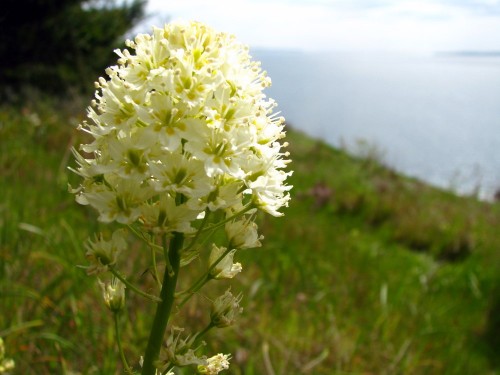 Death camas – Zygadenus venenosus
Death camas – Zygadenus venenosus
PEA FAMILY – Fabaceae
 Seashore lupine – Lupinus littoralis
Seashore lupine – Lupinus littoralis
PINE FAMILY – Pinaceae
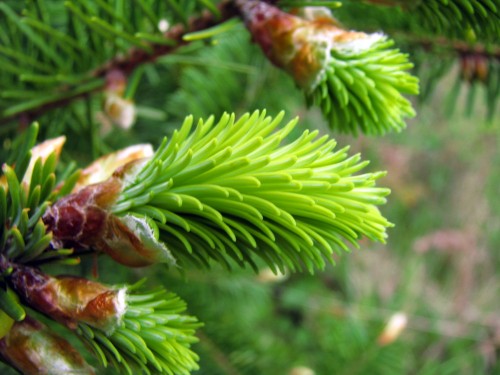 Douglas fir – Pseudotsuga menziesii ssp. menziesii
Douglas fir – Pseudotsuga menziesii ssp. menziesii
PINK FAMILY – Caryophyllaceae
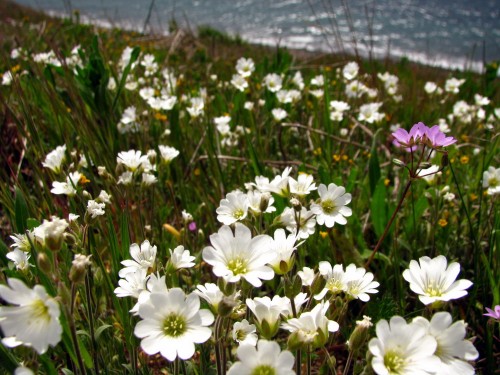 Field chickweed – Cerastium arvense
Field chickweed – Cerastium arvense
STONECROP FAMILY – Sedum
 Brittle prickly pear cactus – Opuntia fragilis
Brittle prickly pear cactus – Opuntia fragilis
VIOLET FAMILY – Violaceae
 Alaska violet – Viola langsdorfii
Alaska violet – Viola langsdorfii
Spring in Eastern Washington: Kamiak Butte, Palouse Hills
 The Palouse Hills, as viewed from the Pine Ridge Trail on Kamiak Butte
The Palouse Hills, as viewed from the Pine Ridge Trail on Kamiak Butte
Located in the Palouse region of eastern Washington, Kamiak Butte is a 298-acre county park between the towns of Palouse and Pullman. Its most popular trail, the 3.5-mile Pine Ridge Loop Trail, offers amazing opportunities for plant identification, as well as panoramic views of the Palouse’s rolling hills. Due to this region’s extensive wheat and lentil farming, Kamiak Butte is one of the only remaining natural areas, which hosts over 170 native plant species.
ASTER FAMILY – Asteraceae
 Arrowleaf balsamroot – Balsamorhiza sagittata
Arrowleaf balsamroot – Balsamorhiza sagittata
BUTTERCUP FAMILY – Ranunculaceae
 Sagebrush buttercup – Ranunculus glaberrimus
Sagebrush buttercup – Ranunculus glaberrimus
FIGWORT FAMILY – Scrophulariaceae
 Kittentails – Synthyris missurica
Kittentails – Synthyris missurica
IRIS FAMILY – Iridaceae
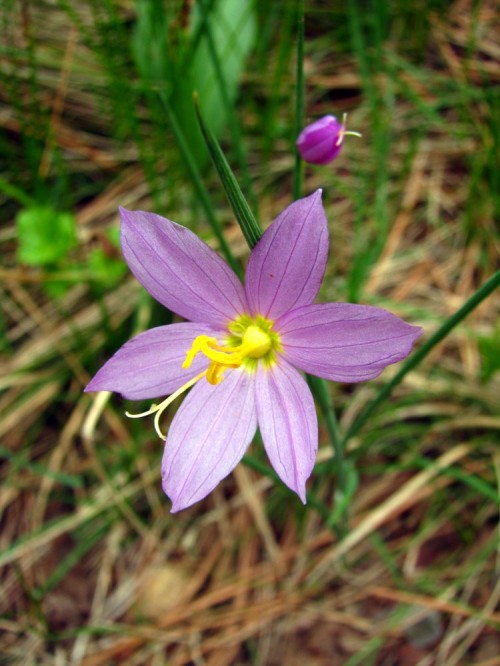 Satin-flower – Sisyrinchium douglasii
Satin-flower – Sisyrinchium douglasii
LILY FAMILY – Liliaceae
 California false-hellebore – Veratrum californicum
California false-hellebore – Veratrum californicum
 Glacier lily – Erythronium grandiflorum
Glacier lily – Erythronium grandiflorum
 Western soloman’s plume – Smilacina stellata
Western soloman’s plume – Smilacina stellata
PARSLEY FAMILY – Umbelliferae
 Fern-leaf desert parsley – Lomatium dissectum
Fern-leaf desert parsley – Lomatium dissectum
PURSLANE FAMILY – Portulacaceae
 Lanceleaf spring beauty – Claytonia lanceolada
Lanceleaf spring beauty – Claytonia lanceolada
Spring in the Cascades: North Cascades Institute’s Environmental Learning Center, North Cascades National Park
 Jack Mountain looms over Ross Dam in the North Cascades on Diablo East trail
Jack Mountain looms over Ross Dam in the North Cascades on Diablo East trail
The North Cascades Institute’s Environmental Learning Center, located on Diablo Lake in the heart of the North Cascades National Park, has many trails to choose from in order to experience springtime in the mountain environment. Plant communities here are much different than those of both eastern and western Washington, adapting to harsher and more variable weather conditions. Spring arrives a bit later here, but when it does, it never fails to impress.
BARBERRY FAMILY – Berberidaceae
 Tall Oregon grape – Berberis aquifolium
Tall Oregon grape – Berberis aquifolium
BIRCH FAMILY – Betulaceae
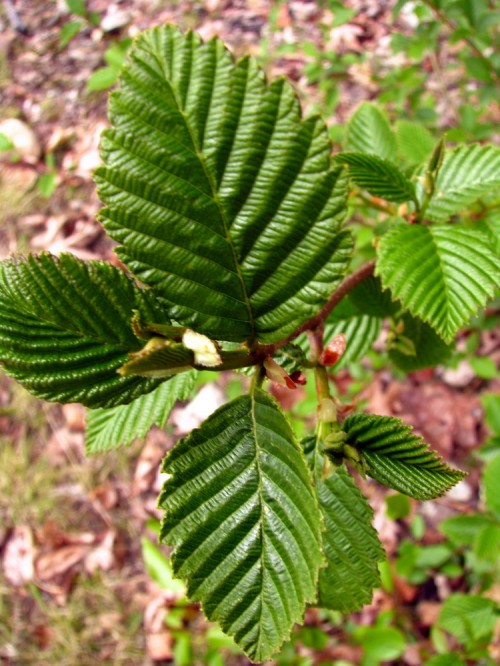 Red alder – Alnus rubra
Red alder – Alnus rubra
BORAGE FAMILY – Boraginacea
 Mountain Forget-Me-Not – Myosotis alpestris
Mountain Forget-Me-Not – Myosotis alpestris
CURRANT FAMILY – Ribes
 Red-flowering currant – Ribes sanguineum
Red-flowering currant – Ribes sanguineum
DOGWOOD FAMILY – Cornaceae
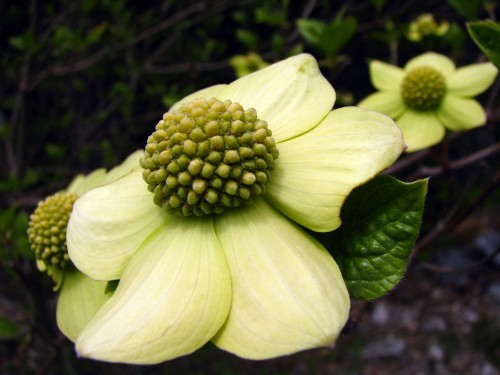 Pacific dogwood – Cornus nuttallii
Pacific dogwood – Cornus nuttallii
FERN FAMILY – Polypodiaceae
 Parsley fern – Cryptogramma crispa
Parsley fern – Cryptogramma crispa
FIGWORT FAMILY – Scrophulariaceae
 Harsh paintbrush – Castilleja hispida
Harsh paintbrush – Castilleja hispida
MAPLE FAMILY – Aceraceae
 Big-leaf maple – Acer macrophylum
Big-leaf maple – Acer macrophylum
 Vine maple – Acer circinatum
Vine maple – Acer circinatum
ROSE FAMILY – Rosaceae
 Bitter cherry – Prunus emarginata
Bitter cherry – Prunus emarginata
 Indian plum – Oemleria cerasiformis
Indian plum – Oemleria cerasiformis
 Wild strawberry – Fragaria chiloensis
Wild strawberry – Fragaria chiloensis
Painting a state-wide spring portrait requires teamwork. Are you interested in identifying your own spring blooms?
For identifying western Washington plants, check out the classic, Plants of the Pacific Northwest Coast, by Jim Pojar and Andy MacKinnon. For seeking out Cascade mountain plants, read Mountain Plants of the Pacific Northwest by Ronald J. Taylor. In eastern Washington’s shrub-steppe environs, Sagebrush Country A Wildflower Sanctuary, by Ronald J. Taylor is extremely helpful. Or, if you’re looking specifically at the Palouse region, check out The Plants of Kamiak Butte website.
Once you have identified additional spring blooms in your own backyards, post them here on Chattermarks to add to this ongoing spring art.


Really nice job Kelsi – nice way to present several different regions and your photos are fabulous – thanks for sharing!
The photographs are absolutely stunning!